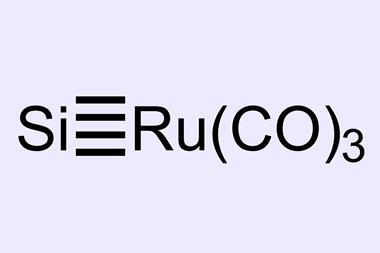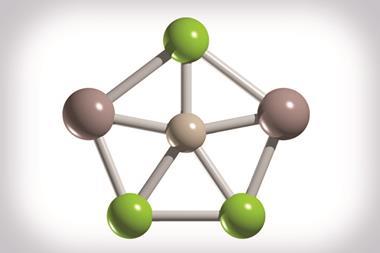
Chemists have made a molecular dodecahedron out of silicon for the first time. Siladodecahedrane has terminal hydrogens, similar to a diamondoid structure, and has 12 pentagonal faces like the smallest fullerene, C20.
As recently as 2020, theoretical analyses indicated that it would be kinetically unfeasible to synthesise silafulleranes (SinHn). Now, by using a chloride ion as a template encased within the structure, researchers in Germany have made such a cluster, producing [Cl@Si20H20]-.
Synthesising the carbon dodecahedrane cage, C20H20, takes over 23 steps. Synthesising siladodecahedrane takes just three. The researchers began with [nBu4N][Cl@Si32Cl44], which is a known cluster and produced in one step. They then desilylated and hydrogenated this cluster to form the product.
Siladodecahedrane’s Si–H bonds allow for functionalisation, which the researchers exemplified by perchlorinating it using chloromethane to produce [Cl@Si20Cl20]-.
References
M Bamberg et al, J. Am. Chem. Soc., 2021, DOI: 10.1021/jacs.1c05598

















No comments yet